Can a 15-year-old DSLR compete with modern mirrorless marvels in any category? Let’s see what the Pentax K20D is all about before you decide.
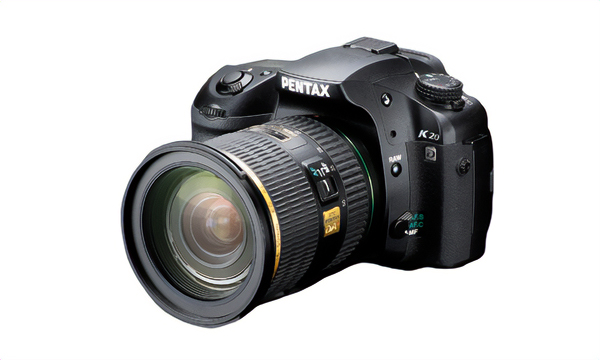 I obtained a Pentax K20D in 2008, shortly after Pentax announced it. Every image in this story, with the exception of the technical and product shots, was captured with the same K20D in 2008 or 2009. You can see more K20D images in this story, Thanksgiving, which we published first in 2008 then again in 2015 and yet again in 2022.
I obtained a Pentax K20D in 2008, shortly after Pentax announced it. Every image in this story, with the exception of the technical and product shots, was captured with the same K20D in 2008 or 2009. You can see more K20D images in this story, Thanksgiving, which we published first in 2008 then again in 2015 and yet again in 2022.
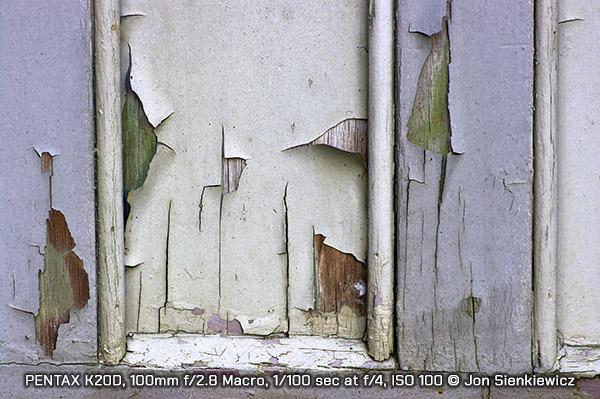
To be honest, I was predisposed to like the then-latest Pentax DSLR because a few years earlier I had reviewed the 6-megapixel Pentax *ist DS and had a memorable experience. The *ist DS had a ridiculous name but it was small, felt good in the hand and was quite responsive. I even liked the location of the on/off switch—a small but important ergonomic detail. Although I used that DS for only two weeks, several of the images I shot with it were later published in unrelated articles.
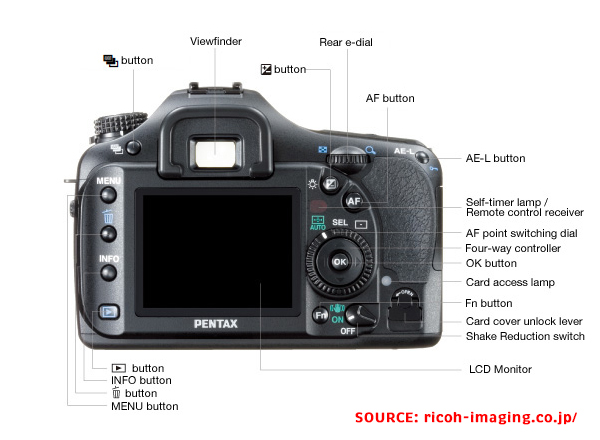 Features for Enthusiastic Photographers
Features for Enthusiastic Photographers
The Pentax K20D is much more advanced than the *ist DS but it has the same operational rhythm. It provides body-integral image stabilization that works with any K-mount Pentax lens and an advanced digital signal processing engine that produces very low noise, for its era, even at higher ISOs.
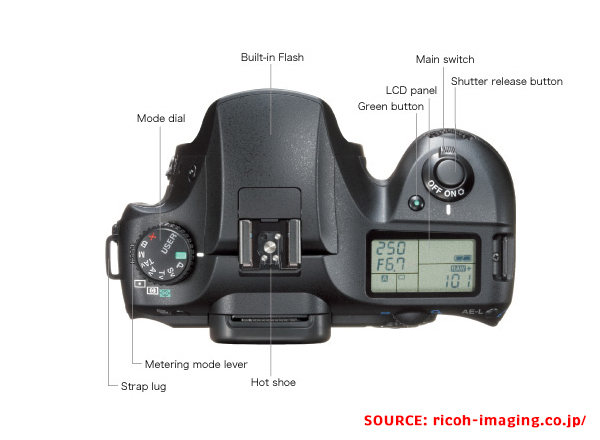
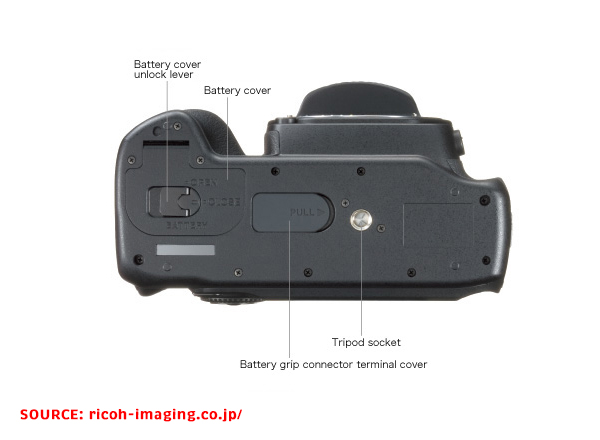
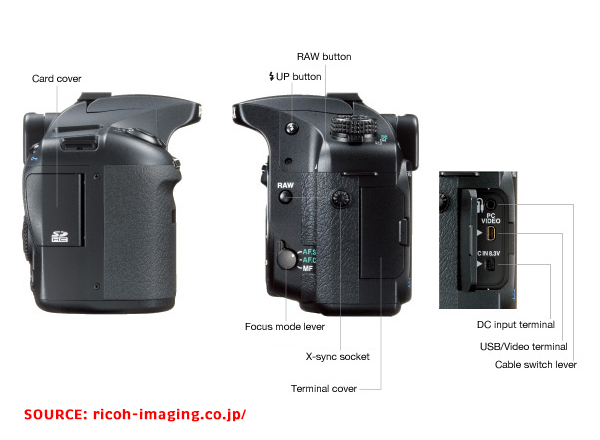
It’s full of real photo-enthusiast features like double exposure capability, single channel black & white capture and interchangeable focusing screens. It’s dustproof and weather resistant. It has a pop-up flash that’s ideal for fill and an X-synch PC outlet. And there is a special Burst mode that captures about 21 images at 1.6 megapixel resolution in one second.

Users can adjust the color balance of the LCD—a option still lacking in some modern-day DSLRs. It even has a built-in digital filter that simulates infrared. It’s the perfect camera for fanatics.
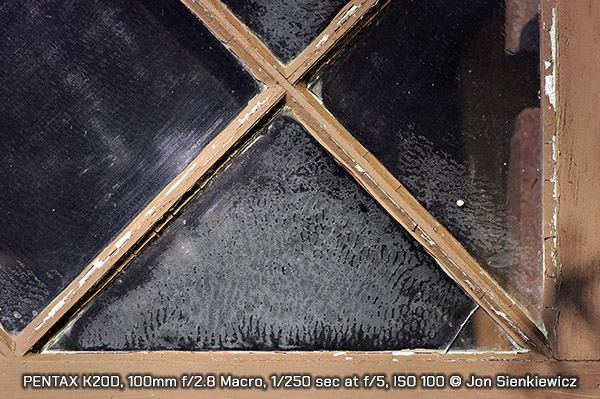
The Pentax K20D has a dedicated Raw button so if you want to switch from shooting JPEG files to Raw you can do so instantly, with a single button press. That was fairly uncommon in 2008. And it produces forever-compatible DNG Raw files directly. As I recall it shipped with Silkypix, a powerful Raw conversion and editing software application that’s still popular today.
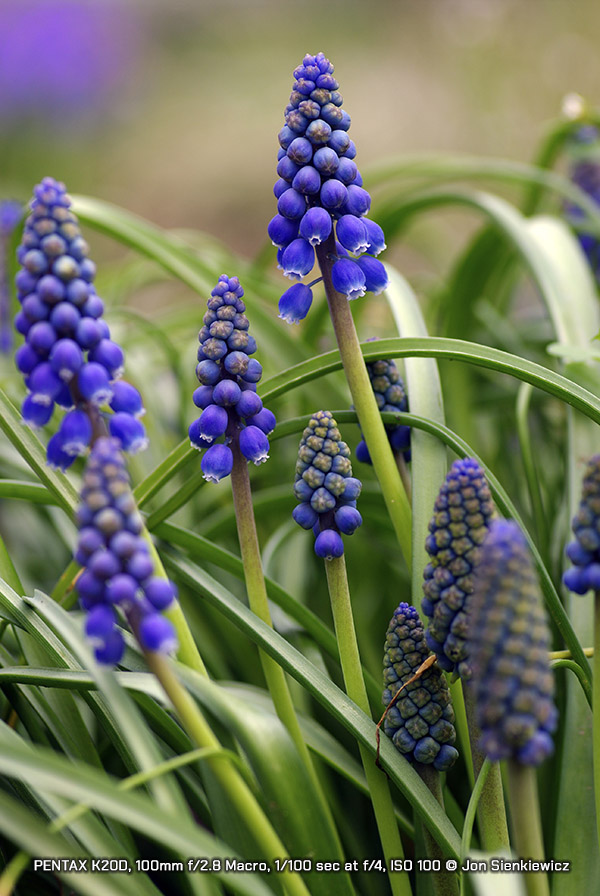
Frankly, I don’t pay much attention to pixel count, but the Pentax K20D uses an APS-C size 14.6-megapixel CMOS sensor. You can also stepdown to 10- or 6-megapixels, and of course Raw plus JPEG simultaneously.
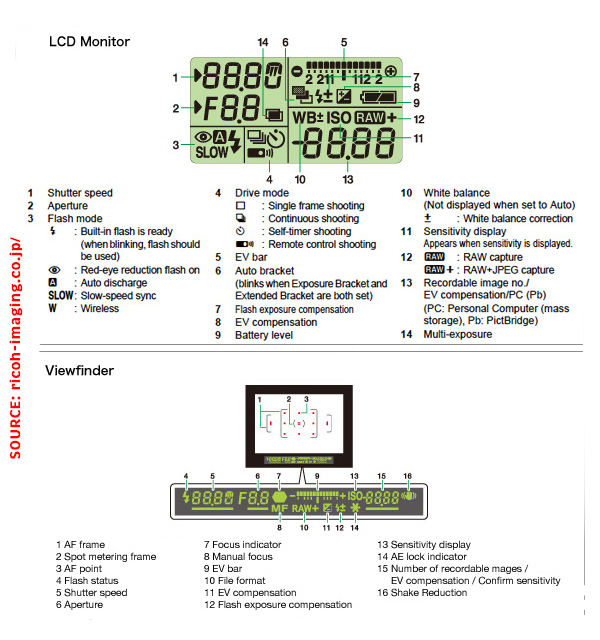
MTF Program Mode
I’m guessing that if you read Shutterbug you already understand more-or-less how the Program mode works on digital cameras. In Program mode, the camera selects both the shutter speed and aperture to produce the best overall exposure. The speed/aperture number combinations, when plotted on a graph, create a Program Slope.

The Program Slope is generally adjustable in some manner, with the bias shifting from Sports (high shutter speeds) to Portrait photography (larger apertures for a shallower depth of field). The names may be different but the activity is the same, and a biasing feature of one type or another is found on most advanced cameras today.
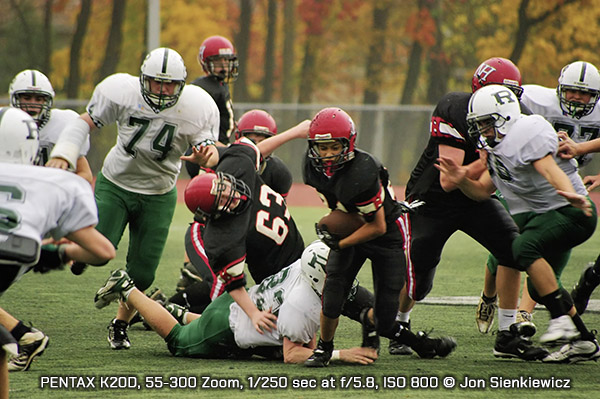
The Pentax K20D allows the user to select a program slope that is biased in favor of MTF. MTF stands for Modulation Transfer Function, a measure of lens sharpness. When set to MTF bias, the Pentax K20D favors the best aperture setting for whichever Pentax lens is attached, based on actual lens performance. Users no longer have to remember that their 28mm lens is sharpest at f/5.6, for example—the Pentax K20D recognizes which Pentax lens is attached and makes the appropriate settings automatically, favoring the sweet spot in the aperture range and changing the shutter speed accordingly to achieve correct exposure.
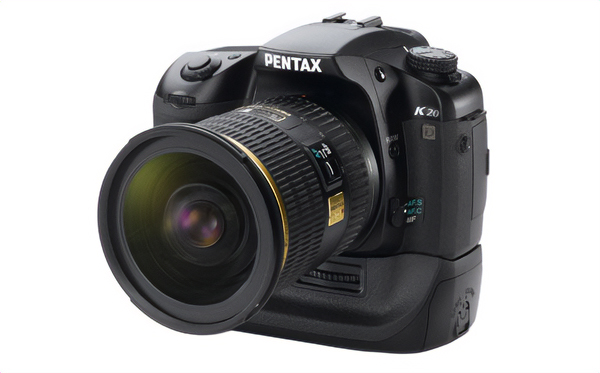
2008 Selling Price
In 2008, the price for a Pentax K20D cameras with a sharp 18-55mm zoom ranged from around $899 to $999. Adjusted for inflation, that’s roughly $1350 in 2023 dollars, an awesome price for a fully-featured camera and kit zoom. Pentax lenses are very good; they always have been, and they have some unique offerings like the HD Pentax DA 40mm F2.8 Limited pancake lens that’s just a hair over one-half inch thick.
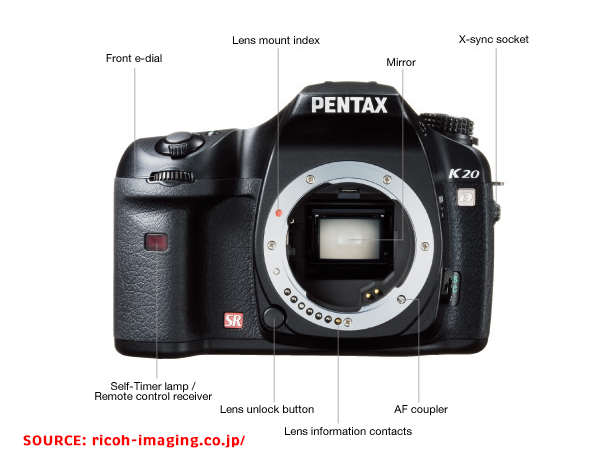
Key Features
Some of these specs sound woefully anemic because imaging technology has progressed so much over the past 15 years. But they were cutting edge in 2008 (well, most of them anyway).
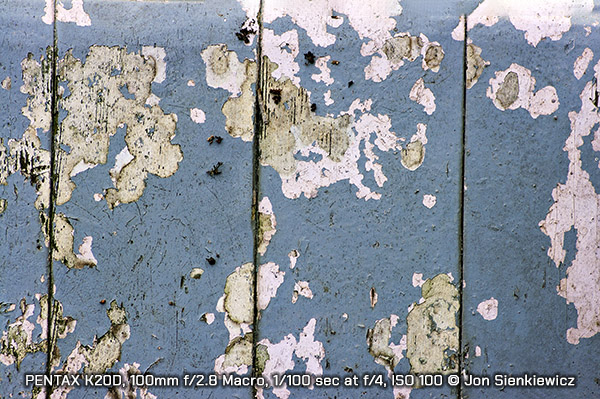
• APS-C size 14.6-megapixel CMOS sensor.
• High-performance, high-speed PRIME (Pentax Real IMage Engine) digital signal processor that uses DDR2 (Double Data Rate 2) memory for speedy image processing and high-speed data transfer.
• Body integral SR (Shake Reduction) image stabilization—works with any K-mount lens and has the effect equivalent to approximately 2.5 to 4 shutter-speed steps.
• New Live View function.
• Expanded Dynamic Range function.
• Comprehensive Dust Removal system.
• Custom Image function enables adjustment of tone, saturation, contrast and sharpness.
• Hyper Program function allows the user to instantly switch to the Shutter Priority or Aperture Priority AE mode from the Programmed AE mode with a simple turn of a dial on the grip.
• Hyper Manual function. When shooting in Manual mode, a single push of the green button allows the user to instantly set the proper exposure.
• Program, Manual, Shutter Priority and Aperture Priority modes.
• Glass pentaprism with approximately 95% field-of-view and an approximately 0.95X magnification.
• Natural-Bright-Matte II focusing screen.
• Dust-proof, water-resistant construction with special seals installed at 74 different locations.
• Continuous shooting at approximately three images per second.
• Burst Shooting mode captures approximately 21 images per second at 1.6 megapixel resolution.
• Large 2.7-inch wide-view LCD monitor with 230,000 dots.
• High-precision 11-point wide-frame autofocus system.
• Rechargeable battery life of approximately 740 images (without flash).
• Choice of 16-segment multi-pattern metering, center-weighted metering or spot metering.
• Shutter unit rated at more than 100,000 actuations.
• Stainless-steel chassis.
• Optional Battery Grip (D-BG2).
• Nine built-in digital filters.
• In-body Raw file conversion option for image filing in JPEG and TIFF formats.

What Does a Used Pentax K20D Cost Today?
Prices of used K20D bodies today are all over the place. Besides, any figure we mention now will likely be wrong tomorrow. That said, I’m confident I could find a body in good condition for less than $200 were I too look at this moment.
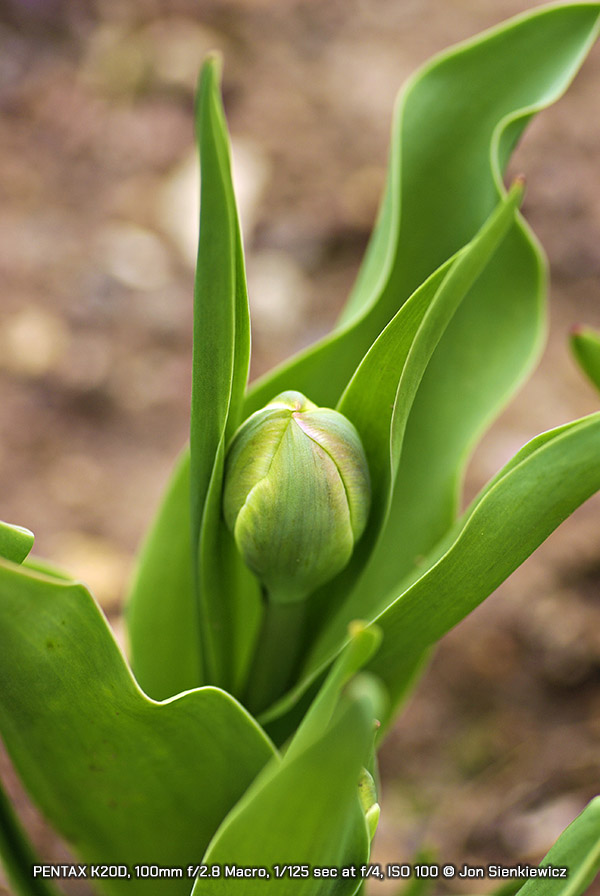
If you have any Pentax K-mount lenses, you might want to latch onto a Pentax K20D. There aren’t too many other 15-year-old cameras I can recommend. It’s a great gift for a kid or photo student. Or if you want to experience one of the best underloved cameras ever.
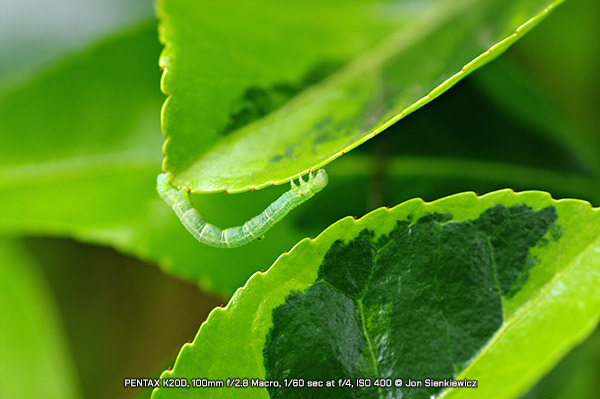
Become a Member of the Shutterbug Community
Register for a free account. Sign up for our newsletter. Spend five minutes (or less) uploading your best shots once every week or so. Potentially become a Shutterbug Photo of the Day winner. Enjoy viewing the fantastic work being done by thousands of photographers all over the world—and add your images to the enduring collection.
—Jon Sienkiewicz


 I obtained a Pentax K20D in 2008, shortly after Pentax announced it. Every image in this story, with the exception of the technical and product shots, was captured with the same K20D in 2008 or 2009. You can see more K20D images in this story,
I obtained a Pentax K20D in 2008, shortly after Pentax announced it. Every image in this story, with the exception of the technical and product shots, was captured with the same K20D in 2008 or 2009. You can see more K20D images in this story, 
 Features for Enthusiastic Photographers
Features for Enthusiastic Photographers
















